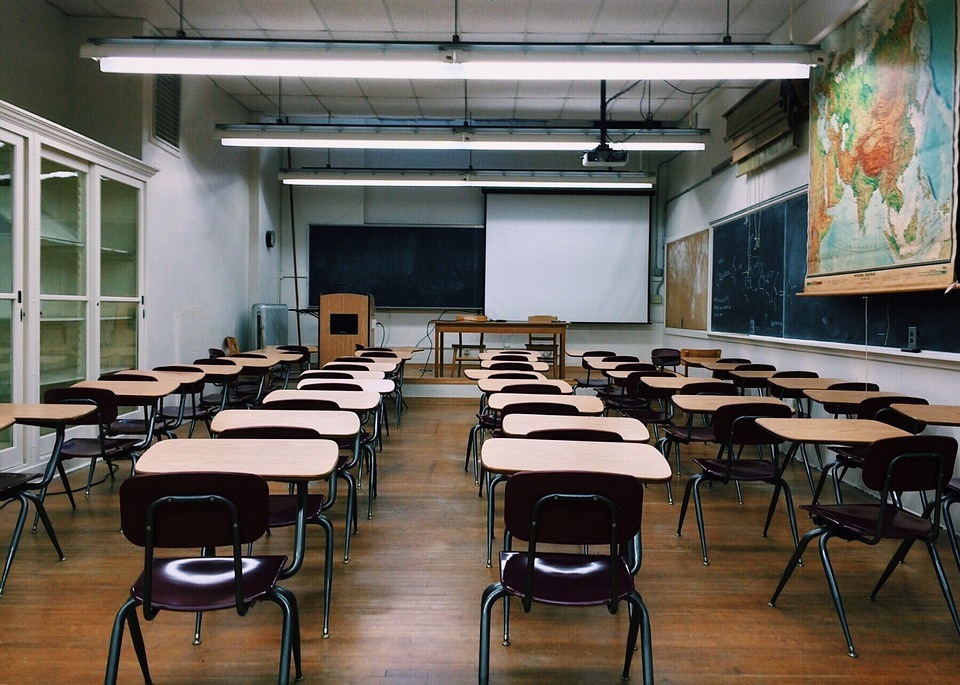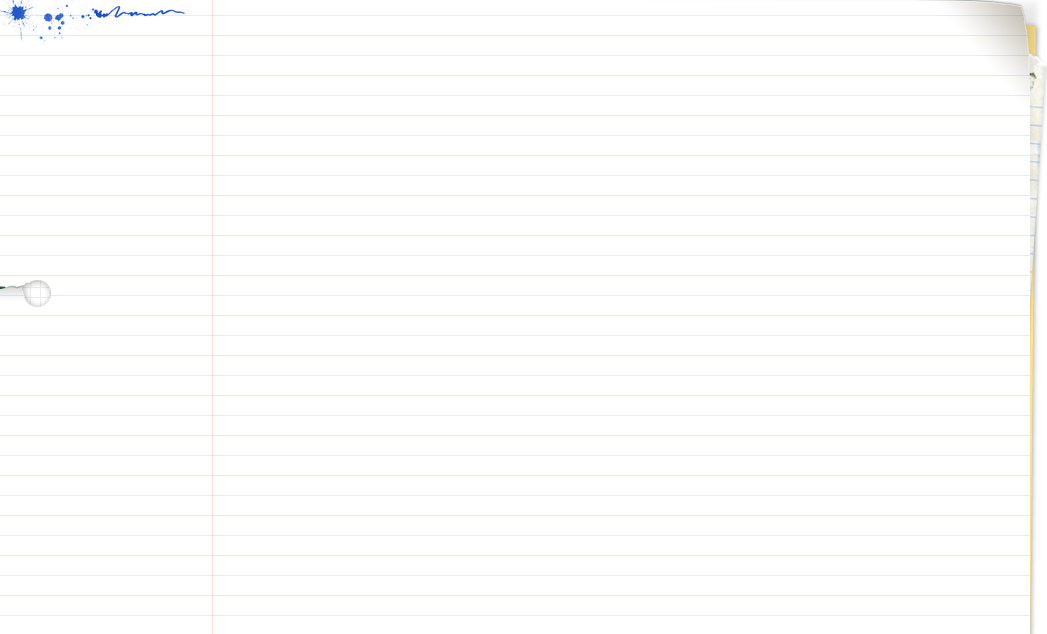People live in different countries. They speak different languages.
Our country is Russia. Russia is the largest country in the world. Our country is so large that when it is morning in the east, it is evening in the west. When it is winter in the north it is summer in the south.
There are a lot of long rivers, beautiful lakes, large forests and fields and high mountains in Russia.
People who live in Russia speak more1 than one hundred different languages but they can speak Russian too.
Answer the questions.
1. Where do people live?
2. Is the Earth big or small?
3. What is there on the Earth?
4. Where is there water on the Earth?
5. The Earth is beautiful, isn't it?
6. Why do we say that the Earth is full of wonders?
7. Why do people speak different languages.?
Traditions and customs
Every nation and every country has its own traditions and customs. In Britain traditions play a more important role in the life of people than in other countries. They say British people are very conservative . They are proud of their traditions and carefully keep them up. But when we speak about British traditions we always remember that there are four parts in Britain — England, Scotland, Wales and Northern Ireland. Traditions are different in these parts of the country.
You already know some of the English traditions and holidays. We hope you remember St. Valentine's Day, St. Patrick's Day, Halloween which have also become traditional American holidays. Here are some more facts about old English traditions.
One of the old English legends says that London can be the capital of the country, rich and great until twelve black ravens live in the Tower of London. Each has got its name and the keepers carefully look after them. If one of the birds dies, another younger raven takes its place. Londoners believe this legend and always bring some food to give to the birds when they come to the Tower. The keepers cut the birds' wings a bit as they are afraid that they may fly away.
Another old English tradition is Guy Fawkes Day. Children go out into the streets on the 5th of November with figures like scarecrows. They stand in the streets and squares asking for the usual 'Penny for the Guy'. Then with the money they have collected they buy fireworks and burn the guy (the figure like a scarecrow) on their bonfire.
People watch fireworks and some people go to parties in the evening.
Though different countries have different traditions and holidays people all over the world know some of them. They are — Easter, Christmas and New Year.
I. True or False.
Every country has its own traditions and customs.
There are no common traditions all over the world.
English people celebrate Maslenitsa.
4. There are some common holidays in England, Scotland, Wales and Northern Ireland.
5. London can be great until 10 black ravens live in theTower.
6. English people celebrate Guy Fawkes Day on the 5th of November.
II. Choose the best title for the text.
1. BRITISH ARE JUST TRADITIONS CRAZY!
2. MORE ABOUT BRITISH TRADITIONS.
3. GUY FAWKES DAY.
III. Match the words from the left column with their Russian equivalents from the right column.
look after a. фейерверк
scarecrow b. обычай
firework c. заботиться
custom d. костер
bonfire e. чучело
A.Read the text.
SCOTLAND
Although Scotland forms a part of the United Kingdom, it has a distinct character of its own. In area it is more than half as big as England. Its population is, however, only one-eighth as great — about 5 200 000.
Scotland is a land of romance and it has had a most eventful history. The Picts and Celts lived there before the coming of the Romans to Britain. Those Northern tribes worried the Romans so much that the Great Wall was built to protect the Roman camps in the Northern part of England.
It was in the 11th century that the Normans began to settle in Scotland. Almost all of Scotland's history is associated with and reflected in many castles and forts that are to be seen all over the country. They are very picturesque, having retained their medieval features: stern, proud, impressive, perched high on a rock or at a hillside. Mary, Queen of Scots, the beautiful Mary Stuart was married in one of them, her son James (who was to become James I of England) was born in another.
And now some words about the Highlands. For centuries the Highlands were a strange land, where the king's law common to all the rest of the country, wasn't even known, where wild people spoke a language no one could understand. Long after the rest of Britain adopted modern ways they kept to the old life.
In 1603 King James VI of Scotland became King James I of England too, and from then onwards the countries were under the same monarch, though the Act of Union was not passed until 1707. This Act incorporated Scotland with England in the United Kingdom, but the Scots kept their own legal system, religion and administration, centered in Edinburgh.
Edinburgh – the capital of Scotland has always been admired as one of the most beautiful cities. Glasgow – its second city – always had a bad reputation. It was too often seen as a dirty, run-down urban area. But no longer. The buildings have been cleaned up, the streets are tidy and the people now take an obvious pride in their city. Glasgow was chosen to be the cultural capital of Europe 1890.
Not far from Glasgow there is one of the most famous of Scotland's many lakes (called «lochs»), Loch Lomond. Scottish numerous valleys are known as «glens». Scotland is a country with an intense and living national tradition of a kind only too rare in the modern world. It has its distinctive national dress, the kilt, worn only by men. It also has its own typical musical instruments (the pipes, sometimes called «the bagpipes»), its own national form of dancing, its own songs, language, traditions and education. Scotland has even its own national drink, a fact so widely known that one need only ask for «Scotch».
Notes
The Picts and Celts – пиктыикельты (племена)
tribe — племя
camp — лагерь
to pass the Act — принять Акт/Закон (в парламенте)
В. Comprehension Check. Complete the sentences.
1. Scotland forms...
a) a part of England;
b) a part of the United States;
c) a part of the United Kingdom.
2. The Northern tribes...
a) began to settle in Scotland in the 11th century;
b) lived in Scotland before the coming of the Romans;
c) came to Scotland together with the Normans.
3. Mary Stuart...
a) was a Queen of the United Kingdom;
b) was the Queen of Scots;
c) was not a queen.
4. The kilt...
a) is a musical instrument;
b) is a form of national dancing;
c) is a type of national dress.
C. Answer the questions.
1. What is the population of Scotland?
2. Why was the Great Wall built?
3. Why are there so many castles in the country?
4. What have you learnt about the Highlands?
5. When was the Act of Union passed?
6. What's the country's second city?
7. What do they call Scottish valleys and lakes?
8. Are national traditions still alive in Scotland?


